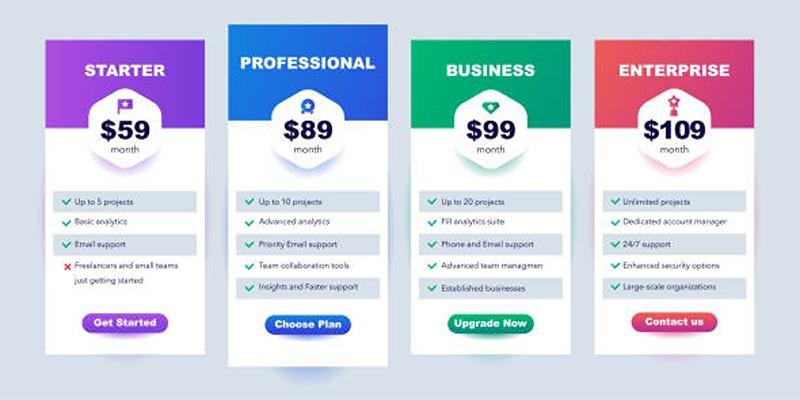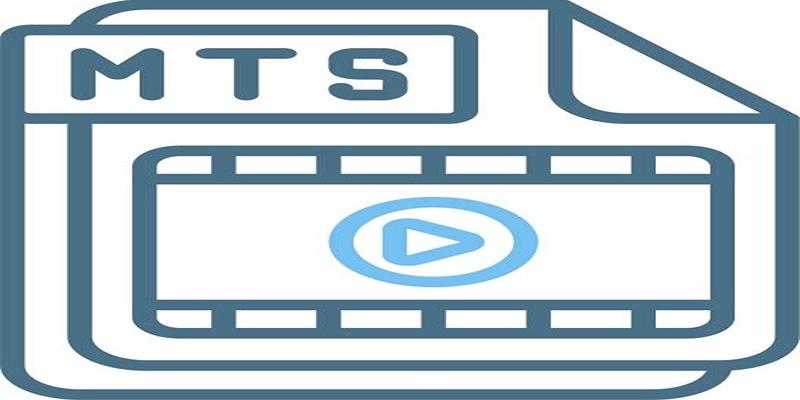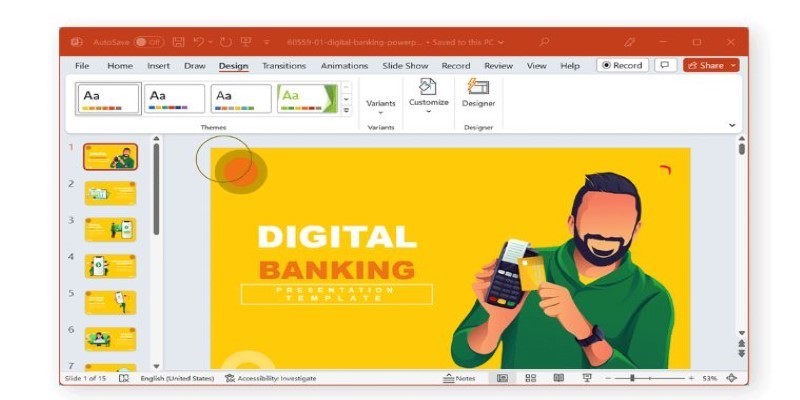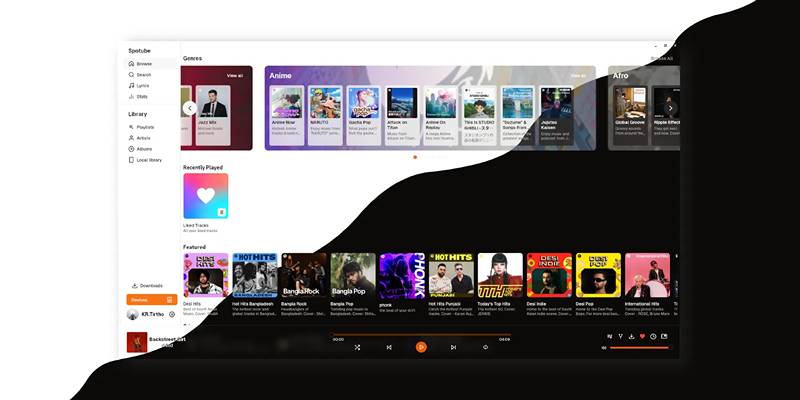TidyCal and Calendly are top scheduling tools, perfect for freelancers, business owners, and team managers. Both offer user-friendly features, competitive pricing, and simplify appointment management. Choosing the right tool can streamline your workflow—let’s compare TidyCal and Calendly to help you find the best fit for your scheduling needs!
What Are TidyCal and Calendly?

TidyCal:
The tool was designed by AppSumo as an easy and up-to-date solution for small teams and sole business owners. Built on simplicity, it provides all the needed calendar booking options through a comfortable and clean interface. Small businesses, consultants, and solopreneurs will love how simple and effective TidyCal is to use.
Its unique one-time pricing is what makes it a good option for people who need a scheduling tool without regular payment. Using popular calendar platforms it aids users in creating and arranging meetings with fewer hassles.
Calendly:
Meanwhile, it is a well-known and broadly used organizational tool by companies of all kinds. Businesses and enterprises find this useful because it is equipped with good scheduling features for complicated needs. Businesses enjoy using Calendly, as it works directly with a variety of business programs such as CRMs, video conferencing platforms, and email clients.
Users pay for Slack via subscription each month or year and can select what works best for them. Many businesses pick Calendly because of its advanced features and how easy it is to customize things.
User Interface and Usability
TidyCal:
- Simple, clean, and minimalist interface
- Easy to set up and manage for beginners
- Booking page customization is straightforward
- Fast load times and responsive design
Calendly:
- Professional and polished user interface
- Offers more control and advanced customization
- Slightly steeper learning curve for advanced features
- Smooth user experience for both the host and clients
TidyCal wins for simplicity and ease of use, while Calendly offers more options for users who are comfortable with advanced settings.
Key Features Comparison
Feature | TidyCal | Calendly |
Calendar Integration | Google, Microsoft Outlook | Google, Outlook, iCloud, Exchange |
Group Bookings | Yes | Yes |
Paid Bookings | Stripe & PayPal | Stripe (PayPal on Premium Plan) |
Time Zone Detection | Yes | Yes |
Buffer Time | Yes | Yes |
Team Scheduling | No (Workaround available) | Yes |
Workflow Automation | Limited | Advanced (Available in paid plans) |
Integration with Tools | Zapier, Webhooks | Zoom, Slack, Zapier, Salesforce, more |
Custom Redirects | Yes | Yes (in paid plans) |
Embeddable Widgets | Yes | Yes |
Calendly offers more advanced features, particularly for team collaboration and automation. TidyCal, while simpler, covers most essentials for individual professionals.
Pricing Structure
TidyCal Pricing:
- One-Time Fee: $29 (lifetime access via AppSumo)
- Includes all essential features, including calendar connections, time zone support, paid bookings, and more
Calendly Pricing (as of 2025):
- Free Plan: Basic scheduling for individuals
- Essentials Plan: $10/month per user (customization and integrations)
- Professional Plan: $15/month per user (advanced automation, workflows)
- Teams & Enterprise Plans: Custom pricing (team scheduling, admin features)
TidyCal’s one-time payment is unbeatable for solo professionals. Calendly’s pricing may suit larger teams or businesses needing deeper integrations and automation.
Booking Experience
TidyCal:
- Booking links are clean and customizable
- Clients can select time zones and meeting types easily
- Payment integration is quick and accessible
Calendly:
- Offers branded booking pages
- Smart time detection based on the user’s browser
- Group events, round-robin scheduling, and reminders are more advanced
Calendly leads with a more polished and dynamic booking experience. However, TidyCal performs reliably for straightforward meeting setups.
Calendar and App Integrations
TidyCal:
- Supports Google Calendar and Microsoft Outlook
- Zapier and webhooks provide basic third-party integrations
Calendly:
- Supports Google Calendar, Outlook, Exchange, and iCloud
- Direct integrations with Zoom, Microsoft Teams, Salesforce, Slack, HubSpot, and more
- Deeper workflow integrations with CRMs and marketing tools
Calendly is the better option for integration-heavy workflows, especially in corporate environments. TidyCal suffices for users with lighter integration needs.
Customer Support and Documentation
TidyCal:
- Basic support via AppSumo help desk
- Limited documentation, though the product is simple enough for most users
Calendly:
- Offers detailed help guides, tutorials, and live chat support (depending on the plan)
- Well-developed knowledge base for troubleshooting
Calendly provides more comprehensive support and documentation. TidyCal support is adequate for the simplicity of its tool.
Ideal Use Cases
TidyCal Is Best For:
- Freelancers and solo professionals
- Coaches and consultants
- Those looking for a simple, one-time fee solution
- Users with minimal integration needs
Calendly Is Best For:
- Mid-size to large businesses
- Sales teams and marketing teams
- Enterprises needing team scheduling and automation
- Businesses that rely heavily on integrations and workflows
Pros and Cons

TidyCal Pros:
- Lifetime access with one-time payment
- Simple and beginner-friendly
- Handles essential booking needs effectively
TidyCal Cons:
- Limited calendar and app integrations: The platform supports fewer calendar and third-party app connections, which can make it harder to streamline your workflow.
- No native team scheduling features: It lacks built-in tools for managing group schedules, making team coordination more challenging.
- Less customization and automation: The platform offers fewer options for tailoring features or automating repetitive tasks, which may require more manual effort.
Calendly Pros:
- Advanced features are designed to meet the unique needs of teams and enterprises, helping you scale effectively.
- A wide range of rich integration options to seamlessly connect with your existing tools and workflows.
- Robust automation capabilities and extensive customization options to tailor the platform to your specific requirements.
Calendly Cons:
- The monthly or annual cost of the service can add up over time, especially for those on a tight budget.
- The features offered might be more than what some individuals need, making it feel like they’re paying for extras they won’t use.
- Certain key features are only available on higher-tier plans, which can make it harder for users on basic plans to access the full potential of the service.
Which One Should You Choose?
Choosing between TidyCal and Calendly ultimately depends on your specific needs and budget:
- If you're a solo professional looking for an affordable, straightforward, and user-friendly scheduling tool without the burden of recurring fees, TidyCal is an excellent choice. It offers simplicity and efficiency, making it ideal for managing your appointments without unnecessary complexity or cost.
- If you work within a team, require advanced scheduling workflows, extensive integrations with other tools, or client management features, Calendly is the better option. While it does come with ongoing subscription costs, its robust functionality and ability to handle complex scheduling needs make it worth the investment for businesses and teams seeking a more comprehensive solution.
Both tools offer strong value in their respective niches. Start with a trial or free plan (Calendly offers one) to determine which platform feels more intuitive for your workflow.
Conclusion:
In the battle of TidyCal vs. Calendly, there's no absolute winner — only what fits your needs best. For budget-conscious individuals or small business owners who prefer simplicity and lifetime access, TidyCal is more than sufficient. Meanwhile, organizations needing scale, automation, and professional-level integrations will find Calendly worth the investment.







